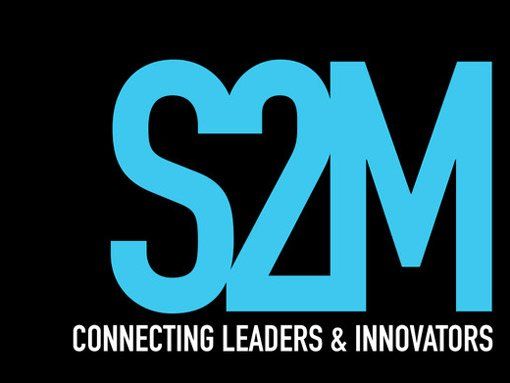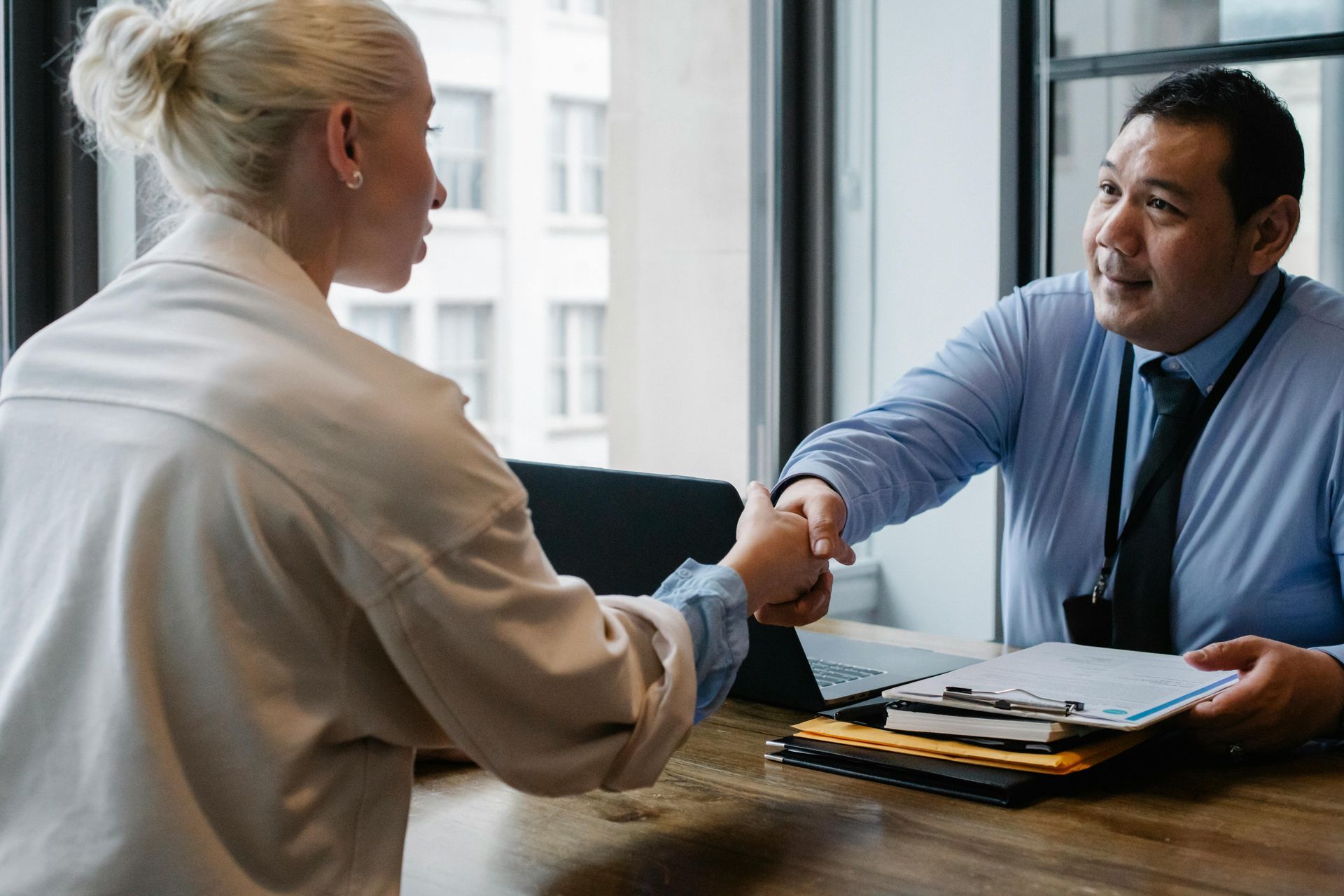The power of nostalgia: A lesson in marketing through the re-release of old school Nintendo consoles
In days gone by, Nintendo reigned supreme as the console maker of choice for millions of gamers worldwide. What started with the Nintendo Entertainment system (NES) of the 1980s, turned into the SNES (Super NES), the Nintendo 64 and even to the modern Nintendo Switch, Nintendo has always been a perennial contender.
There was however a “rough patch” that the company experienced throughout the mid to late 2000s. For every winning combination, they seemed to find with the Wii Console, they lost ground with the Wii-U in the gaming community who were hell bent on turning the gaming console market into a two-horse race.
While Nintendo began to fall further and further away in the race for console supremacy, it needed to call upon some secret weapons in its marketing arsenal to claw its way back. Not only had it struggled to maintain a relevant profile with older gamers, it also needed to cater to a gaming market that was more diverse than ever.
The secret weapon of nostalgia
Nintendo’s strategy to regain market share was elegant. In the wake of its much-hyped release of the Nintendo Switch, the company decided to call upon the nostalgia of its target market by re-releasing their old school consoles to the market.
In an unprecedented move, Nintendo released a product that was almost loss-leading, to not only generate publicity to its brand but to its impending console launch. By executing a 1 – 2 punch combination, Nintendo gave its customers a completely unique experience by presenting images of the past, and reminiscing about how good it was for the older generations, while simultaneously generating excitement around a revolutionary new product, The Nintendo Switch.
A Lesson for Nostalgia in Marketing
Nostalgia by itself, can be a poor use of marketing resources. Often nostalgia in marketing ends up preaching to the choir. Rarely can nostalgia entice a customer back into a brand, and rarely can it be used to generate hype over a new product that is yet to be released. The Switch ended up selling 4.7 million units worldwide, and on the back of nostalgia the marketing worked.
Nintendo masterfully coupled the re-release of the NES with the release of the Switch. Both products were radical shifts away from the current trend in the market. The NES was a world away from the Commodore 64 and Atari consoles that came before it, offering full colour 8-bit graphics in a time when computers weren’t graphically there yet.
The Switch itself marked a new generation of 2-in-1 consoles. By showing that Nintendo was a company known for its ability to be a world leader, it repositioned the Switch as the console of the future, and in doing so demonstrated one of its core competencies as a company.
Nostalgia works if you know what you’re selective
Of course, so long as Nintendo was able to focus on the console it had had the most success with, it was going to be a hit. With careful analysis, any marketing campaign can utilise nostalgia to appeal to past and present customers. What you do from there is up to you.





